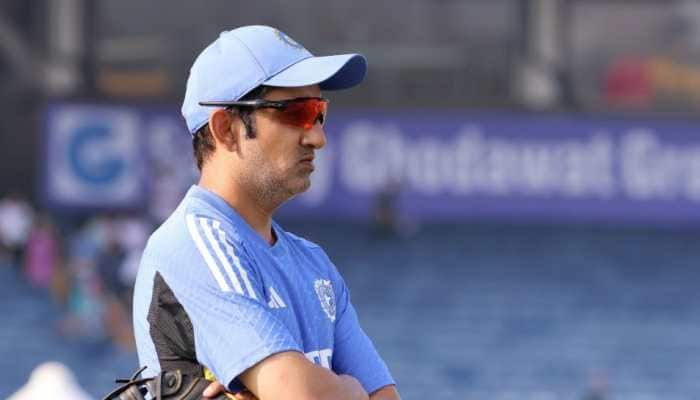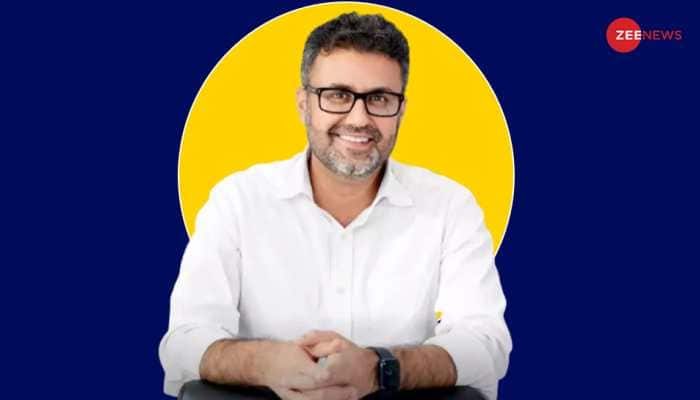Passive euthanasia: Arguments for and against the procedure
Various medical and legal dictionaries say passive euthanasia is the act of hastening the death of a terminally-ill patient by altering some form of support and letting nature take its course.
Trending Photos
New Delhi: In a landmark judgment on Friday, March 9, the Supreme Court recognized and gave sanction to passive euthanasia and living will, saying that human beings have the right to die with dignity.
The order – passed by a five-judge Constitution bench of the Supreme Court, headed by Chief Justice of India Dipak Misra – said that a person can decide when to give up the life support system and added that it has laid down guidelines on who would execute the will and how a nod for passive euthanasia would be granted by the medical board.
It said that its guidelines and directives shall remain in force till a legislation is brought to deal with the issue.
Passive euthanasia is defined as a procedure wherein medical treatment is withdrawn with the deliberate intention to hasten the death of a terminally ill patient.
Various medical and legal dictionaries say passive euthanasia is the act of hastening the death of a terminally-ill patient by altering some form of support and letting nature take its course.
On March 7, 2011, the Supreme Court of India legalized passive euthanasia by means of the withdrawal of life support to patients in a permanent vegetative state.
The decision was made as part of the verdict in a case involving Aruna Shanbaug, who had been in a persistent vegetative state (PVS) for 42 years until her death in 2015.
The central government had in the course of hearing of the matter by a five-judge Constitution Bench told the top court that passive euthanasia was the law of the land with safeguards by virtue of an earlier 2014 judgment of the top court in Aruna Shanbaug case.
The top court by its order on March 7, 2014, in Aruna Shanbaug case, had permitted passive euthanasia under certain circumstances, provided it was backed by the permission of the high court.
The Centre had also told the Constitution Bench that a draft bill permitting passive euthanasia with necessary safeguards was already before it for consideration. However, the Centre had opposed permitting a living will both on the grounds of "principle and practicality" as it expressed apprehension of its possible misuse.
Other arguments:
Constitution of India:
The ‘Right to life’ is a natural right embodied in Article 21 but euthanasia/suicide is an unnatural termination or extinction of life and, therefore, incompatible and inconsistent with the concept of ‘right to life’.
It is the duty of the State to protect life and the physician’s duty to provide care and not to harm patients. Supreme Court in the Gian Kaur Case 1996 has held that the right to life under Article 21 does not include the right to die.
Caregivers burden:
Right-to-die‘ supporters argue that people who have an incurable, degenerative, disabling or debilitating condition should be allowed to die with dignity. This argument is further defended for those, who have chronic debilitating illness even though it is not terminal such as severe mental illness. The majority of such petitions are filed by the sufferers or family members or their caretakers. The caregiver’s burden is huge and cuts across various domains such as financial, emotional, time, physical, mental and social.
Refusing care:
Right to refuse medical treatment is well recognized in law, including medical treatment that sustains or prolongs life. For example, a patient suffering from blood cancer can refuse treatment or deny feeds through a nasogastric tube. Recognition of the right to refuse treatment gives a way for passive euthanasia.
Encouraging organ transplantation:
Euthanasia in terminally ill patients provides an opportunity to advocate for organ donation. This, in turn, will help many patients with organ failure waiting for transplantation. Not only euthanasia gives ‘Right to die‘ for the terminally ill, but also ‘Right to life‘ for the organ-needy patients.
Stay informed on all the latest news, real-time breaking news updates, and follow all the important headlines in india news and world News on Zee News.
Live Tv







)
)
)
)
)
)
)
)
)
)
